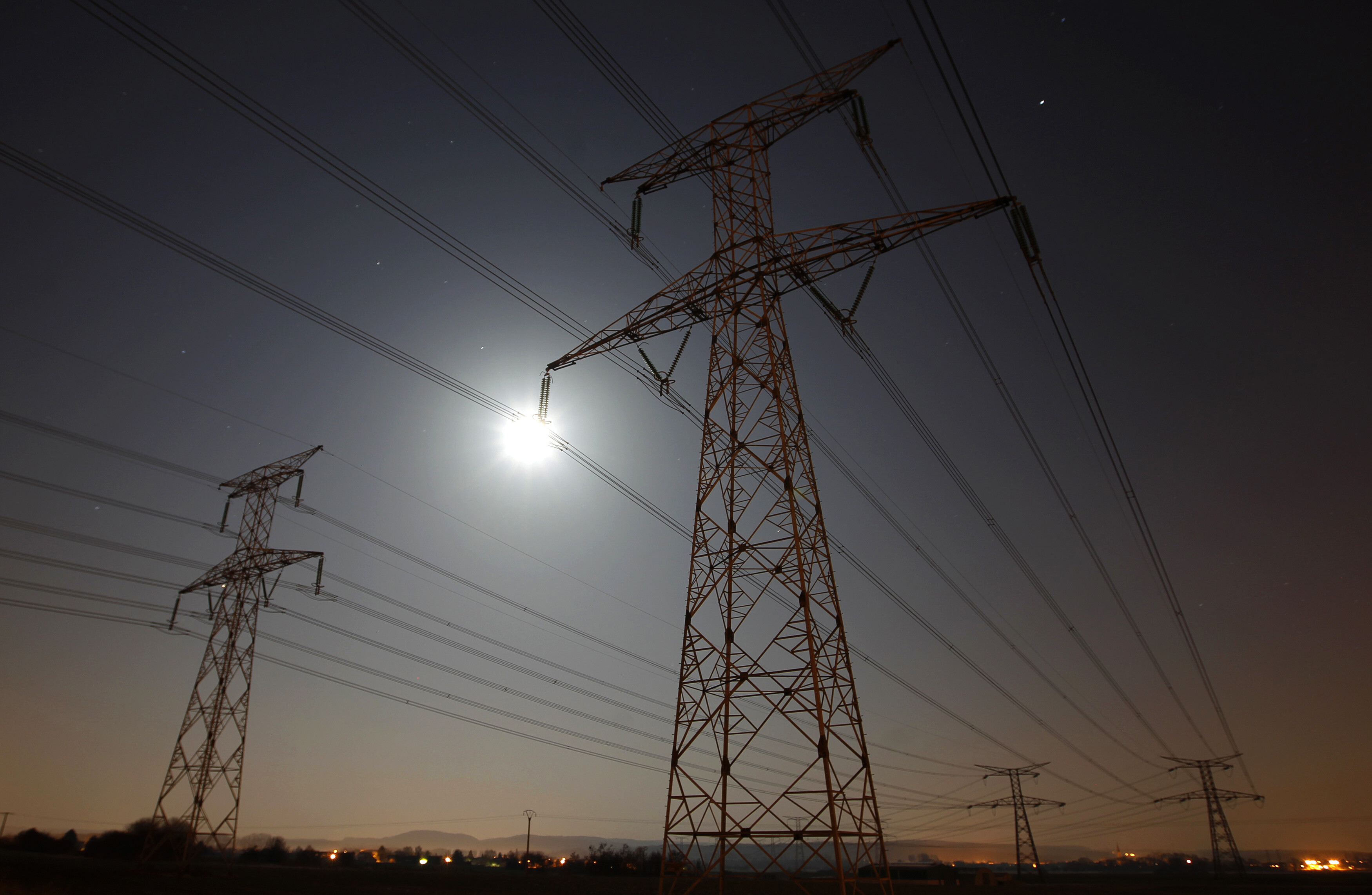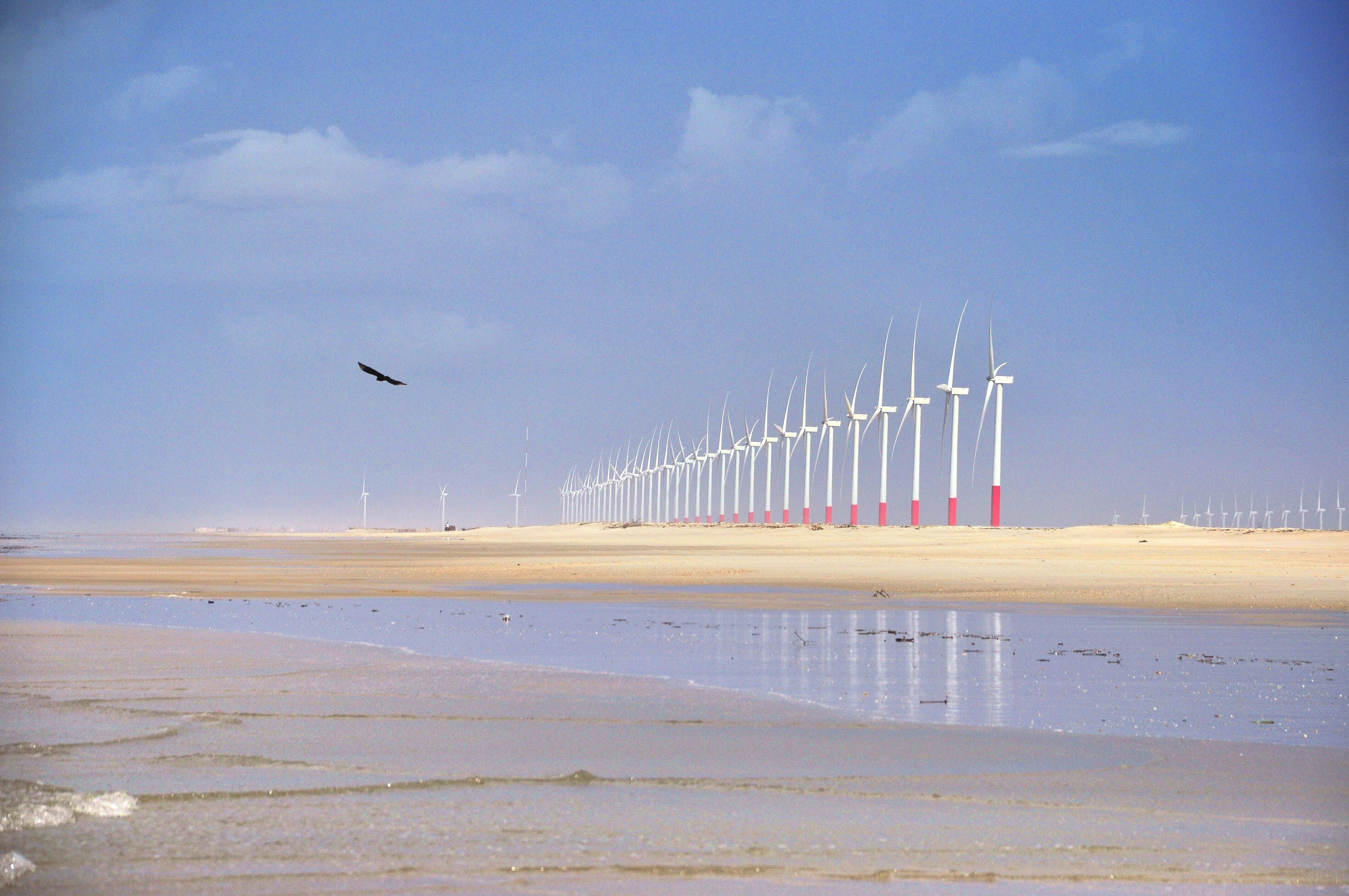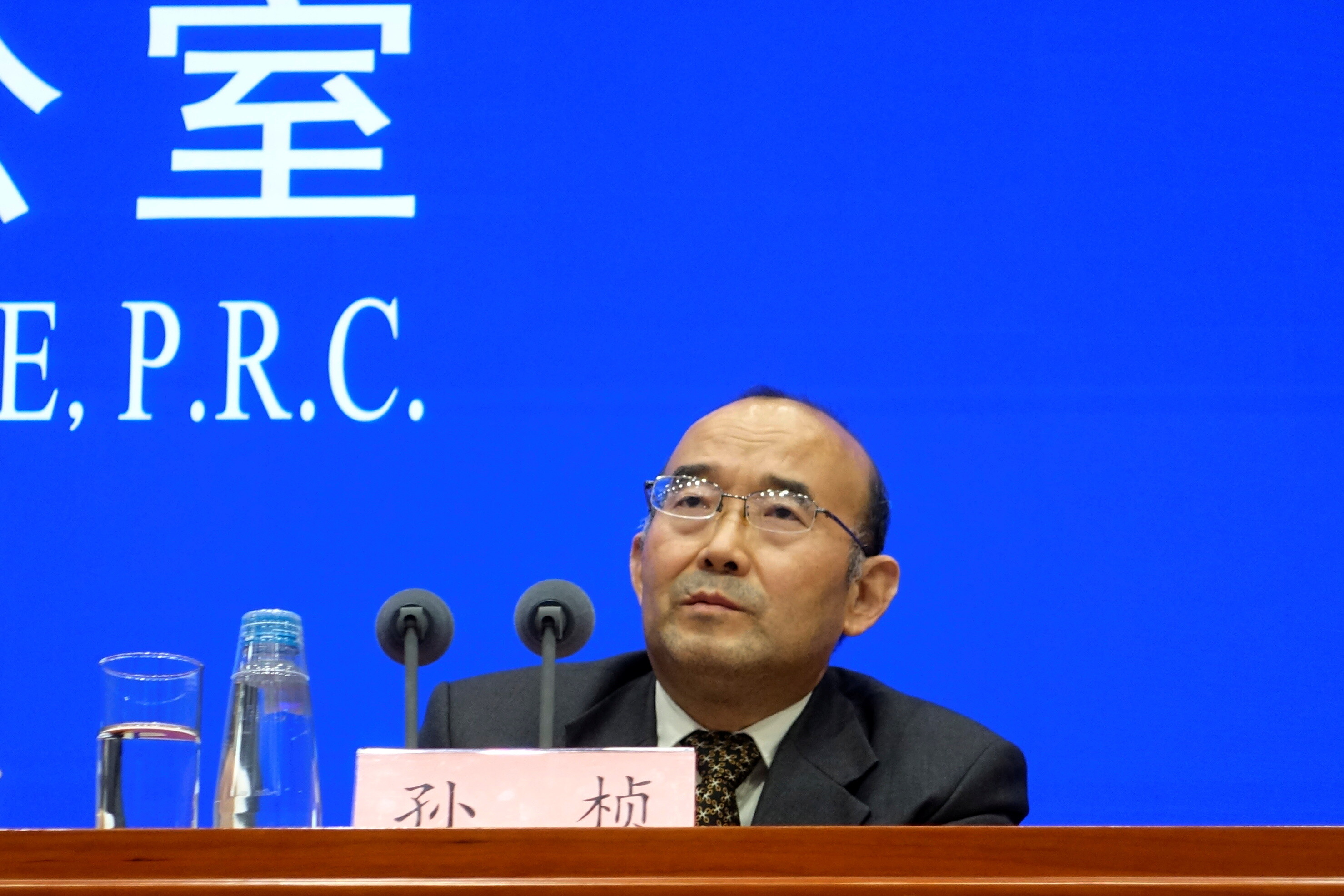Around $1.70 is now invested in clean energy for every $1 invested in fossil fuels. Is that enough to get us to net zero?

A record $2.8 trillion will be invested in energy this year, says the IEA, with around $1.7 trillion earmarked for clean energy. Image: Unsplash/peterbeukema
Listen to the article
- For every $1 spent on fossil fuels, $1.70 is now spent on clean energy, according to the International Energy Agency.
- But it projects a slowdown in clean energy investment growth this year, at a time when annual investment needs to rise to put the world on track to reach net zero by 2050.
- Here’s how energy investment is progressing and what can be done to ensure the clean energy transition continues to ramp up at the necessary speed to hit emissions targets.
It has been a volatile few years for the energy sector. Extreme disruption from the global energy crisis has intersected with a pressing need to urgently ramp up renewables investment to help avoid a climate crisis.
So how has the energy crisis redrawn the renewable investment landscape? Well, for every $1 spent on fossil fuels, $1.70 is now spent on clean energy. Five years ago, the ratio was 1:1.
That’s according to the International Energy Agency’s (IEA) latest World Energy Investment report. But the IEA has signalled potential slowdown in growth in overall energy investment in 2023, as well as a growing imbalance in investment levels between countries.
Here’s how energy investment is progressing, and what can be done to ensure the clean energy transition continues to ramp up at the necessary speed to hit emissions targets.
Expected investment is up across most energy sectors for 2023
A record $2.8 trillion will be invested in energy this year, says the IEA, with around $1.7 trillion earmarked for clean energy, including renewable power, nuclear, grids, storage, low-emission fuels, efficiency improvements and end-use renewables and electrification.
The successes of transparent and robust energy policies such as the US Inflation Reduction Act, along with new initiatives predominantly in Europe, China and Japan are helping clean energy investment, the IEA says. High fossil fuel prices and strong alignment on climate and energy goals are also resulting in changes in spending patterns.
Much of the momentum has come from two areas: electric vehicles and renewable power. Smaller contributors include batteries, heat pumps and nuclear power.
The IEA expects low-emission power to account for nearly 90% of electricity generation investment this year. This will be led by solar, where spending is exceeding $1 billion a day, putting it above upstream oil investment for the first time.
Energy investment is unevenly distributed across countries
Investment increases have been a positive sign for the global decarbonization effort, but the IEA highlights the need for more evenly distributed clean energy investment around the globe.
The biggest increases in energy investment since 2019 have come from China, the EU, the US, Japan and India. And since 2021, over 90% of the rise in clean energy spending has taken place in advanced economies and China, the IEA report says.
Current investment levels, however, remain largely insufficient to match the scale and pace needed to finance a global energy transition, especially in developing economies, who account for less than one-fifth of global clean energy investment while hosting the lion’s share of global population. Unclear policy frameworks, higher interest rates and the high cost of capital continue to hold back certain countries, although analysts indicate that activity is picking up in parts of the Middle East and in Brazil.
Clean energy investment needs to increase rapidly
While the IEA estimates clean energy spending at $1.7 trillion for this year, investments will need to rise to $4.4 trillion a year by 2030 to put the world on track to reach net-zero emissions by 2050, according to the World Economic Forum’s Securing The Energy Transition report.
The report outlines 10 actions to align energy crisis responses with the energy transition. These include encouraging responsible energy consumption and working to “leverage excess profits from energy market volatilities to bridge the clean energy investment gap”.
“While investments in renewables are growing, increased focus is still needed to deploy those resources in developing economies which are seeing the biggest growth in their energy demand on account of booming population and economic activities. Proactive policymaking, innovative investment tools and de-risking mechanisms can all help reduce barriers to investment and lower the cost of capital those economies are facing currently,” says Roberto Bocca, Head of the Centre for Energy and Materials at the Forum.
Governments should also balance creating fiscal measures that help vulnerable consumers with maintaining energy companies’ ability to invest in future supply increases.
Don't miss any update on this topic
Create a free account and access your personalized content collection with our latest publications and analyses.
License and Republishing
World Economic Forum articles may be republished in accordance with the Creative Commons Attribution-NonCommercial-NoDerivatives 4.0 International Public License, and in accordance with our Terms of Use.
The views expressed in this article are those of the author alone and not the World Economic Forum.
Stay up to date:
Energy Transition
Related topics:
Forum Stories newsletter
Bringing you weekly curated insights and analysis on the global issues that matter.
More on Energy TransitionSee all
Roberto Bocca
November 17, 2025









